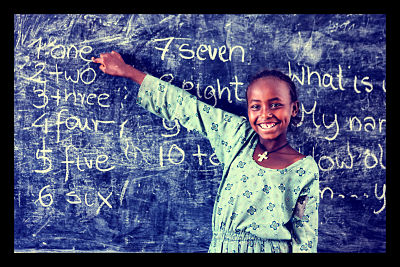
Nearly 63 percent of people living in Africa lack internet access. In contrast, 11 percent of North Americans, 13 percent of Europeans and 48 percent of Asians lack internet access. In response to this issue, Africa50, an infrastructure investment organization, has launched an innovation challenge asking for modern innovators to submit their original ideas on how to provide internet to under-served areas in Africa.
The Africa50 Innovation Challenge began May 14, after it was announced at the Transform Africa Summit held in Kigali, Rwanda the same month.
The submitted solutions will be piloted in Rwanda, which Africa50 CEO Alain Ebobissé said was the ideal place to implement and test the solutions.
Rwanda: A Country Evolving in ICT
Ebobissé described the country as having a thriving Information, Communications and Technology (ICT) sector. Cooperation between the challenge and the co-development of the Kigali Innovation City, a project Africa50 invested $400 million in 2018, is evidence of this ICT boom.
Rwanda has increased its internet access to 29 percent, as of 2019. The increase is a marked improvement compared to the less than 1 percent who had access in 2000. This development can, in part, be accredited to the National Information Communication Infrastructure (NICI) policy the country adopted in 2000.
The policy defines four separate stages of increasing internet and communication in Rwanda. The country has already prepared the ICT groundwork and is currently in the fourth and final stage; enhancing the infrastructure and improving the service delivery.
The goal of the final stage is to increase technological skills, develop the community and private sector and enhance the government’s use of the internet and cyber-security. The policy is planned to end in 2020.
The ideas will be implemented more broadly across the continent once the pilot phase in Rwanda is complete.
Winning Criteria and Perks
The judges will be looking for six main criteria in the proposals submitted to the Africa50 Innovation Challenge:
- Innovation and originality
- Ability to be implemented on a large scale
- Affordability for both implementors and consumers
- Sustainability for the environment
- Readiness to be piloted in Rwanda
- Adaptability of the solution for a variety of circumstances
The finalists will be announced mid-October and they will present their solutions at AfricaCom the following month. Those selected will be announced at the 2020 Transform Africa Summit, but the organization does not specify how many winners will be chosen.
The winners will be awarded a cash prize or project development funding, connections to investors and exposure as an innovator.
If these solutions are implemented, economic growth and job creation are a few of the newfound benefits that may come to these countries. Companies can grow and have an improved role in the competitive market if they have access to the internet. As a result, these solutions allow them to reach more consumers, labor pools and raw materials, according to a 2012 report by the International Telecommunication Union.
ICT Progress in Other African Countries
There will certainly be interesting proposals from this year’s Africa50 Innovation Challenge entries, but there are already solutions that have worked in other African countries.
For example, Kenya has had a considerable jump in their internet speed and bandwidth — which increased 43 percent from 2016 to 2017. This increase can be attributed to the National Broadband Strategy for Kenya. Additionally, Nigeria has increased its number of internet users from 72 million in 2017, to 92 million in 2018.
Nigeria’s fiber network, 21st Century, is partnering with Google Station and anticipates the installation of 200 Wi-Fi hotspots by the end of 2019, according to Fortune.
Africa50 aims to spread high-speed internet and improve opportunities for those living in under-served communities, whatever the solution.
– Makenna Hall
Photo: Flickr
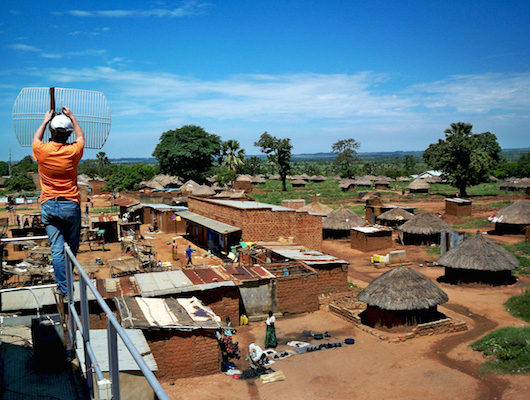
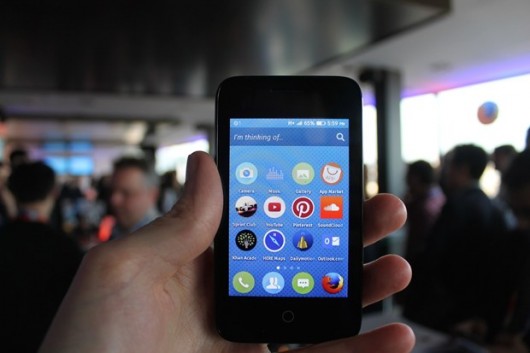
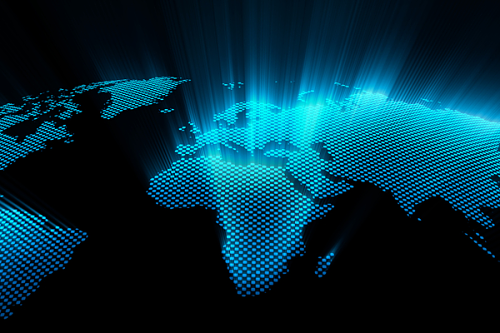
 A platform for neutral Internet traffic exchange was set up in Luanda, the capital of Angola. It is called Angonix and it is meant to help serve all Internet users with improved content viewing by structuring a better connection with global networks and content providers. With a previously less optimal experience in Angola, Angonix will expand Internet usage to the South African Development Community and elsewhere.
A platform for neutral Internet traffic exchange was set up in Luanda, the capital of Angola. It is called Angonix and it is meant to help serve all Internet users with improved content viewing by structuring a better connection with global networks and content providers. With a previously less optimal experience in Angola, Angonix will expand Internet usage to the South African Development Community and elsewhere.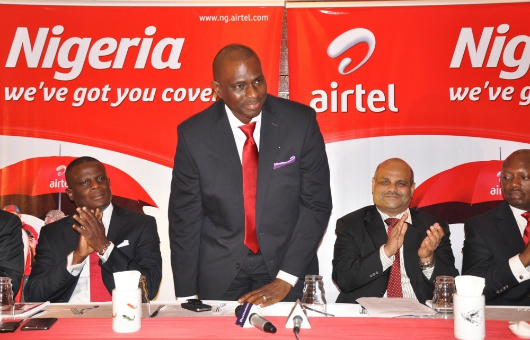
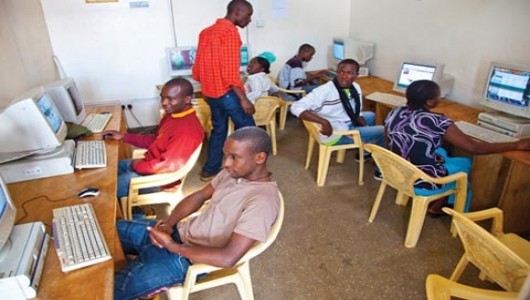 While most members of developing nations have access to the Internet in their homes, in their workplaces and in various public locations, many Africans struggle to access the Internet. Here are 10 facts about the progress and struggles regarding Internet in Africa:
While most members of developing nations have access to the Internet in their homes, in their workplaces and in various public locations, many Africans struggle to access the Internet. Here are 10 facts about the progress and struggles regarding Internet in Africa: